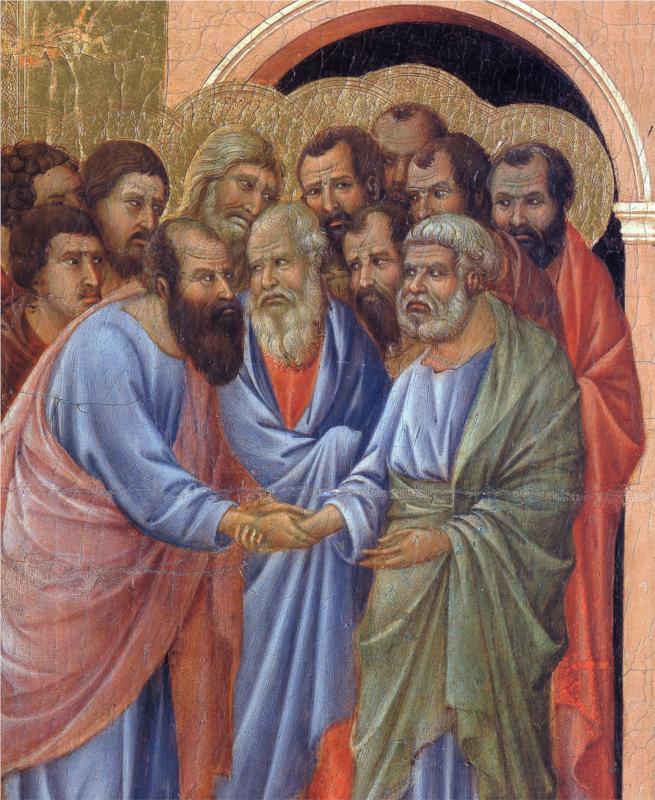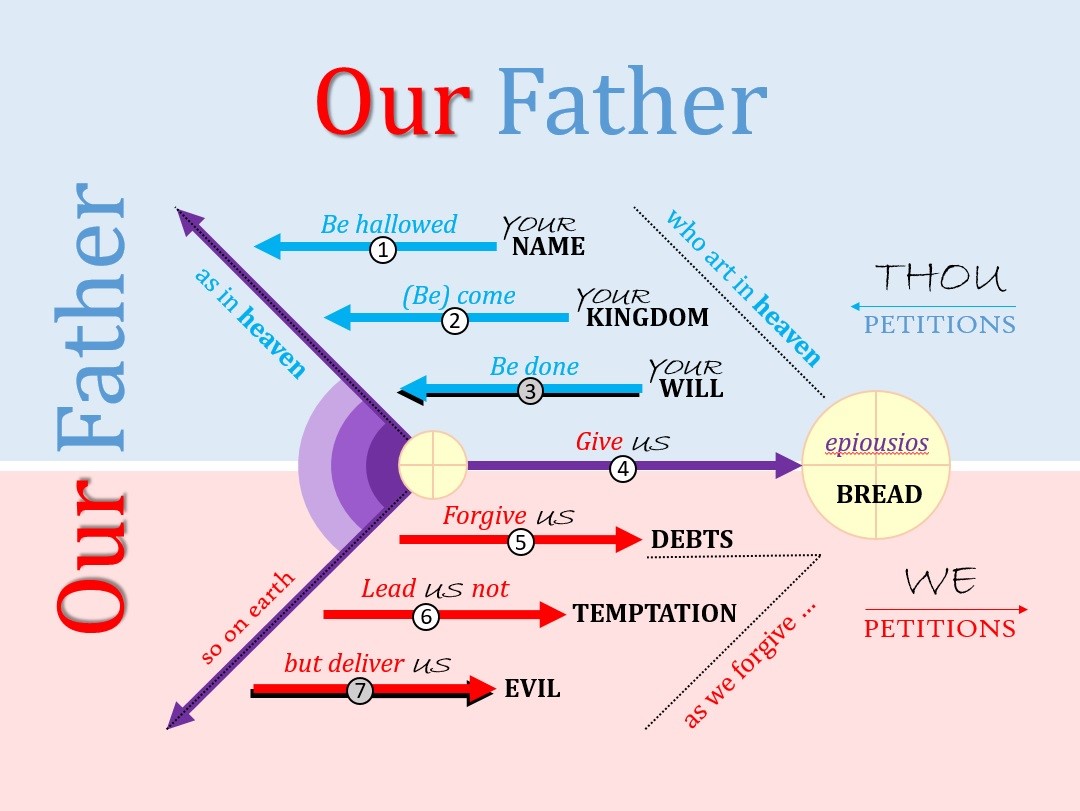Right now, you can get the special introductory pricing of 50% off Worship in the Early Church: An Anthology of Historical Sources (4 vols.). The Pre-Pub price goes up this Friday, so act quickly to lock in an amazing price on this important anthology.
There is a tendency to compare the Church today with what we consider the “original church.” We think that whatever the earliest Christians were doing “back then” is much closer to what Christians ought to be doing now, perhaps because of their proximity to the early apostles (and even Jesus himself). There is truth to this; the early Church Fathers were indeed the ones who learned from the apostolic tradition firsthand. Also, the kinds of traditions—even the forms of worship—must have been much closer to what the 12 apostles experienced in their own time. But even if this is true, does that mean that the Church today must—or even should—look like the Church in the past?
The truth is that this debate stretches back for millennia; it was even happening between the very first apostles themselves. We read, for example, how St. Peter and St. Paul had a bit of a falling out regarding the practice of Jewish law (specifically food law and circumcision) in the first Christian church (Gal. 5:2–7). The argument then wasn’t who was closest to the apostles, but rather who best adhered to the correct form of worship: Should the New Israel still participate in the covenantal sign of circumcision? Should Christians adhere to Jewish food customs? These questions loomed large over the earliest Christians (who were themselves Jewish), and consensus was only reached through the process of ecclesial development over time.
As we step back and look at the development of the Church through the millennia, we can see clearly that it has grown in many different ways. We see, for example, the outburst of doctrinal development in the first four centuries of the Church, from the Council of Jerusalem to the First Council of Nicaea. Issues like the divinity of Christ, the Holy Trinity, the role of the Bishop of Rome, etc., only came into focus after hundreds of years. Though we maintain the truth of these doctrines since the inception of the Church, the development of doctrine and practice grew in response to various heresies and dissentions that arose at different points in Church history.
But Church growth doesn’t mean that the Church becomes something other than the Church over time. Just as a human child who grows into an adult is still very much human, so the Church over time is very much still the Church, even though it may look different. Christ promises to Peter that the Church will be built “upon this rock… and the gates of hell shall not prevail against it” (Matt. 16:18). This verse reminds us that the Church is being built; it is a dynamic institution that grows on an unshakeable foundation.
Yet we still may wonder, what did worship in the early church look like? Was Christian worship different than the kind of worship that we participate in now? If so, how? Fortunately, the tradition of the Church has been preserved for us in documents that are literally thousands of years old, available for us to study today. Worship in the Early Church is an anthology that amasses primary sources stretching from the pre-Christian era to the sixth century—from Jewish prayers to the Rule of the Master, from the Didache to documents written by Pope Gregory I. It is a fantastic resource available to anyone who is interested in better understanding the development of the Church over time.
Learning about the history of the Church provides important context to help us understand our place in the body of Christ today. Verbum, along with great collections like Worship in the Early Church, can help make this process of historical study much more effective and efficient.







[…] <b>Worship</b> in the Early <b>Church</b> | Scripture Study Software Go to this article […]